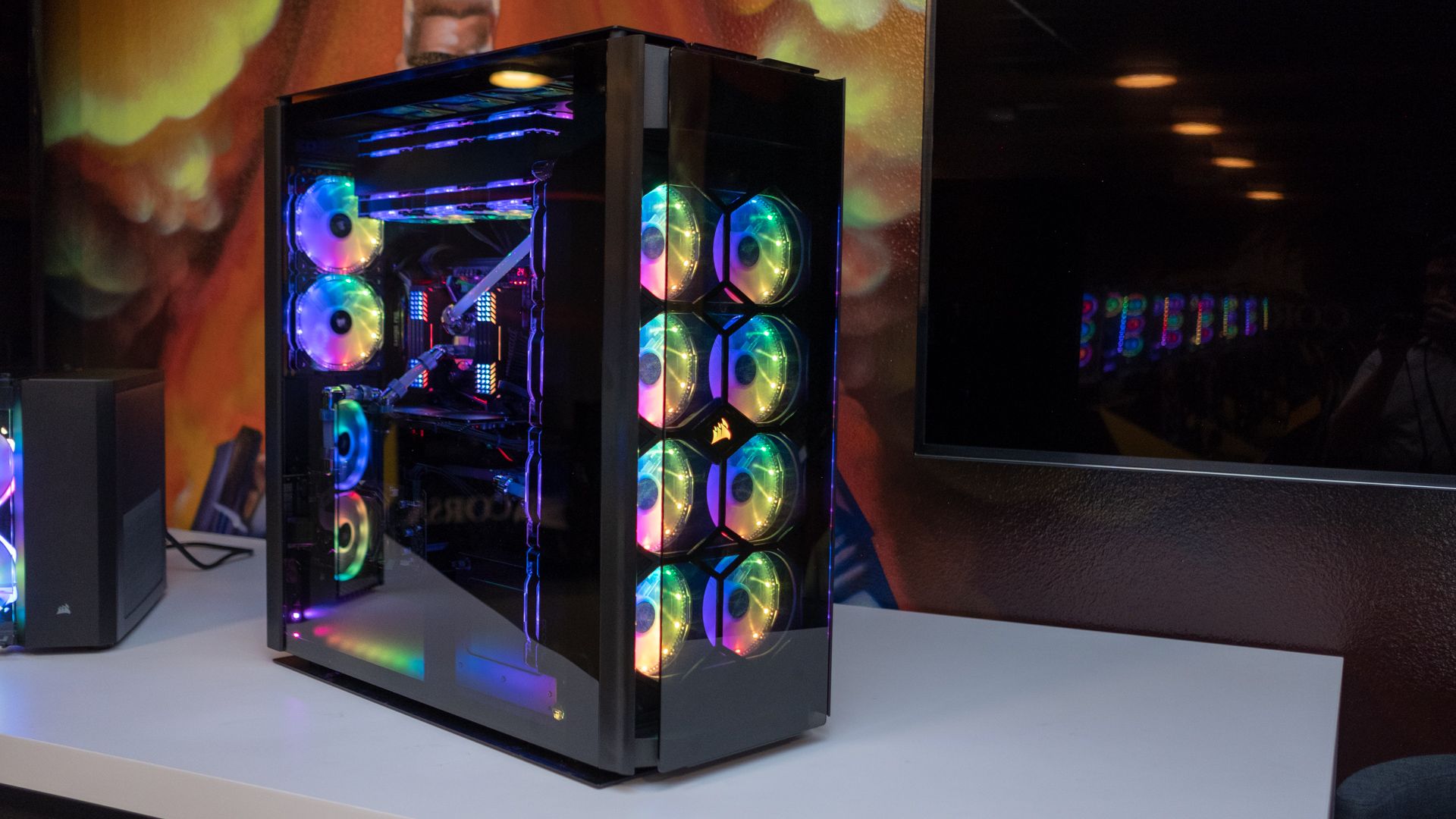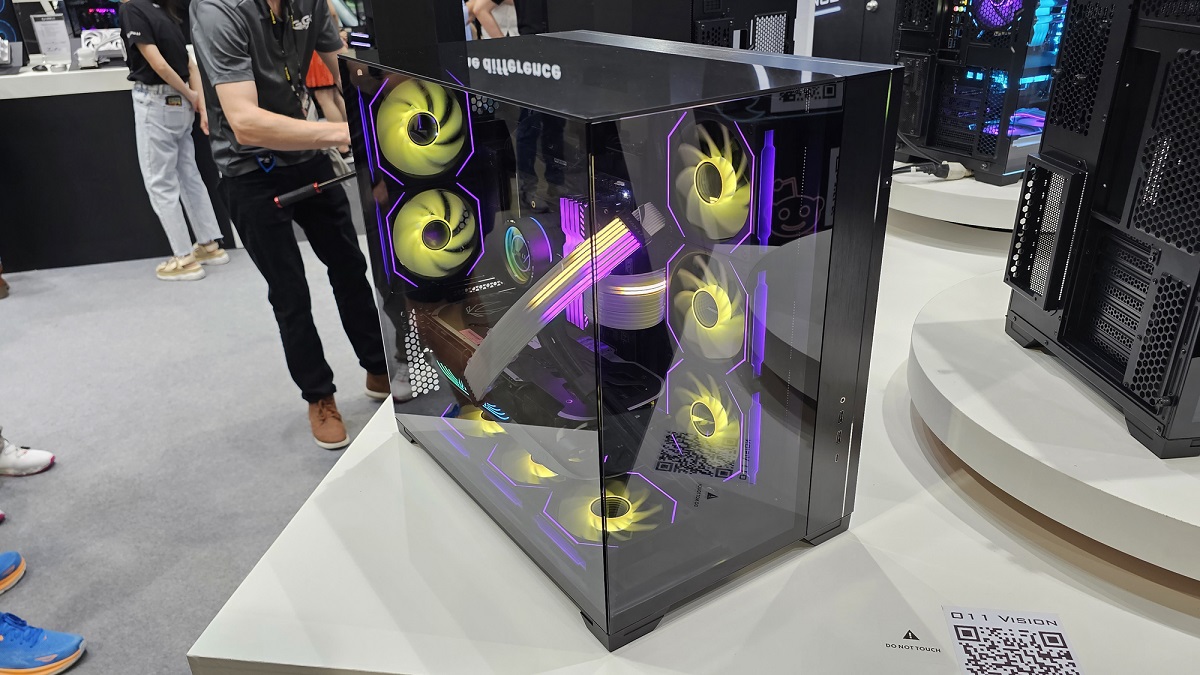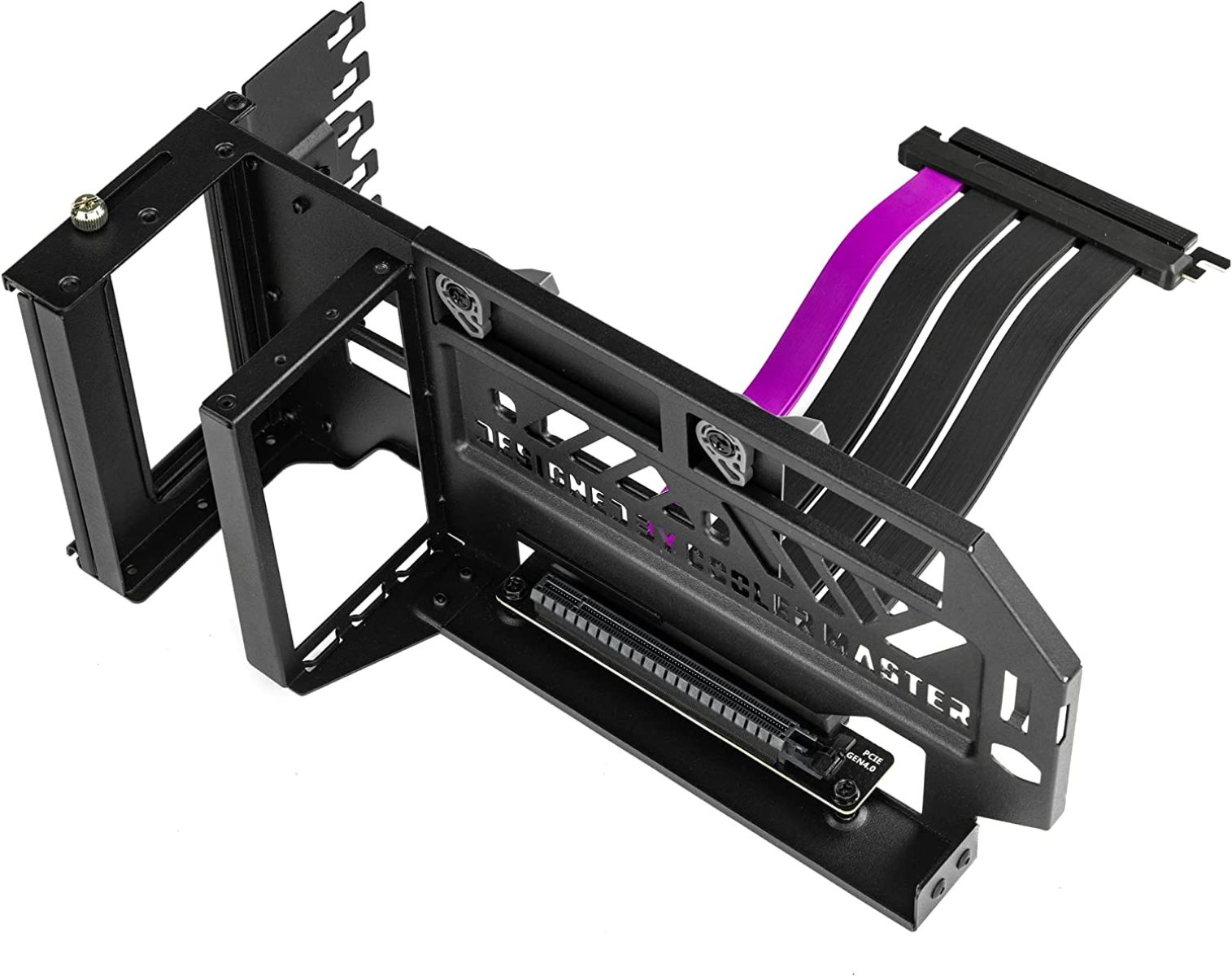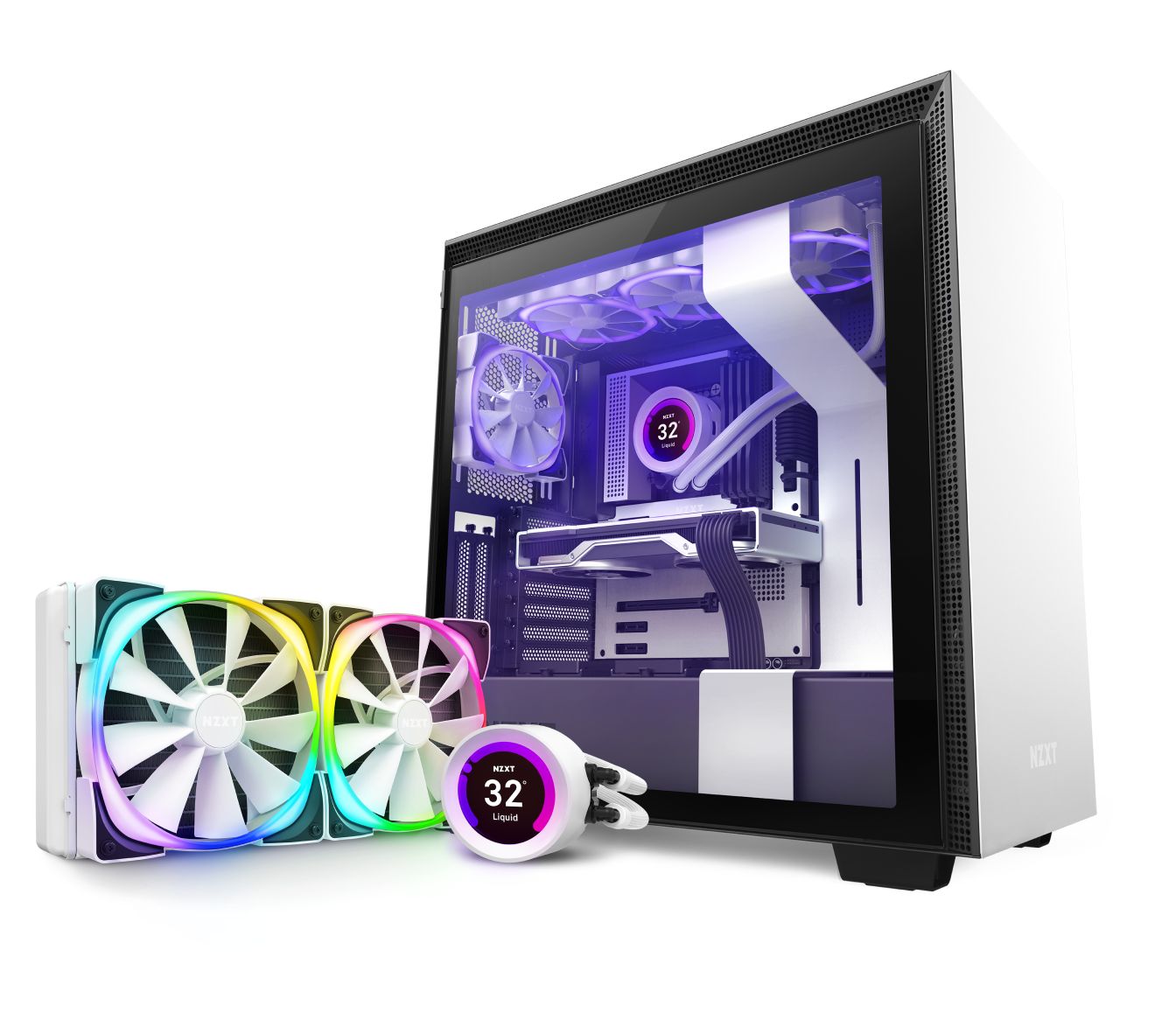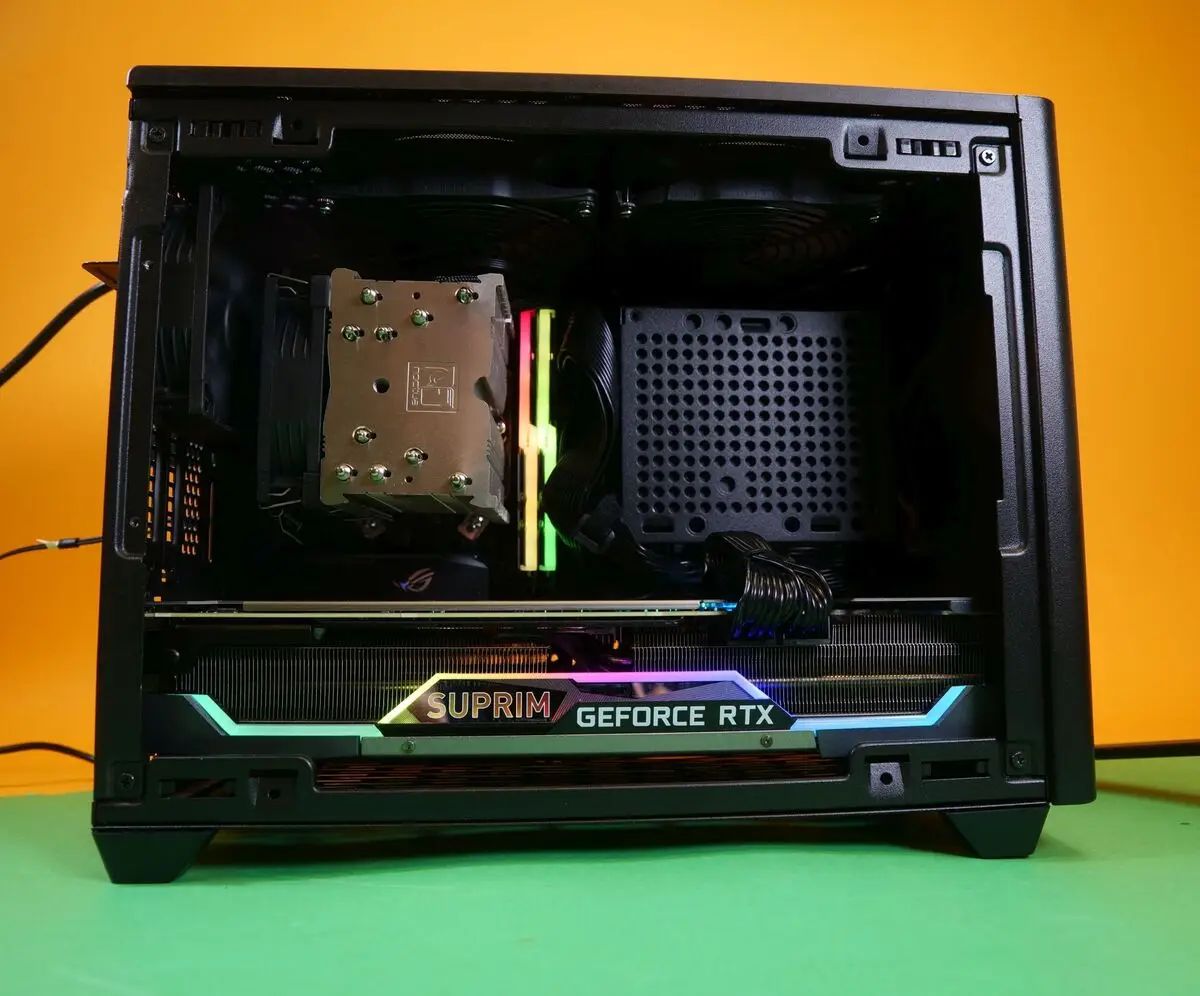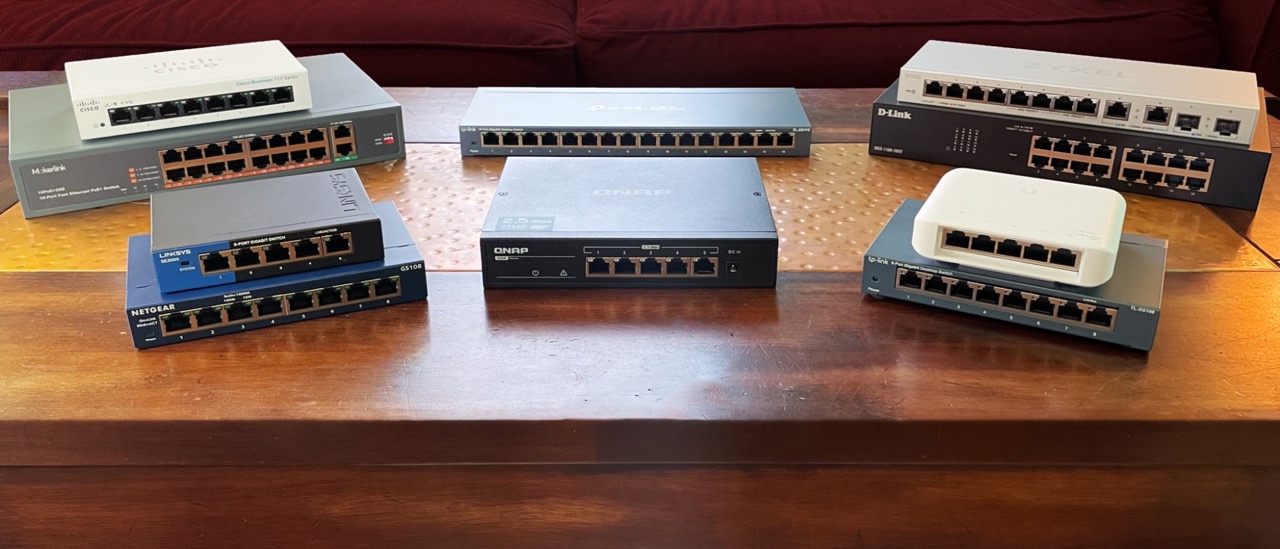Introduction:
When it comes to building a computer, one of the essential components to consider is the PC case. The PC case not only houses all the internal components but also plays a crucial role in the overall functionality and aesthetics of the system. With a wide variety of PC case sizes available in the market, it can be overwhelming to choose the right one for your needs.
The size of a PC case refers to its form factor, which determines the compatibility and capacity for different components. PC cases come in various sizes to accommodate different motherboard sizes, cooling solutions, and storage options. Understanding the different PC case sizes is crucial to ensure your system has enough space and ventilation for optimal performance.
In this article, we will explore the various PC case sizes available in the market and discuss their features and advantages. Whether you are a casual user looking for a compact case or an enthusiast seeking a spacious and high-performance solution, this guide will help you make an informed decision.
Before we dive into the specific PC case sizes, it’s important to note that the size of a case is typically classified based on the motherboard form factor it accommodates. The most common motherboard form factor is ATX (Advanced Technology eXtended), which serves as the standard reference for PC case sizes.
Now that we have a basic understanding of PC case sizes, let’s explore the different sizes available in the market and their respective features and benefits. By the end of this article, you will have a clear understanding of which PC case size is best suited to your needs and preferences.
PC Case Sizes Explained:
PC case sizes come in a range of options to accommodate different motherboard form factors and provide flexibility for various configurations. Understanding the different case sizes will help you choose the right one for your specific needs. Here are some of the most common PC case sizes explained:
- Mini-ITX: Mini-ITX is the smallest PC case size available. It is designed for compact systems and is ideal for users who prioritize portability and space efficiency. Despite its small size, Mini-ITX cases can still support a powerful setup with a Mini-ITX motherboard, a single graphics card, and a limited number of storage drives.
- Micro-ATX: Micro-ATX cases are slightly larger than Mini-ITX cases, offering more space for components. They are compatible with Micro-ATX motherboards and provide additional expansion slots, allowing for multiple graphics cards or expansion cards. Micro-ATX cases strike a balance between compactness and expandability, making them a popular choice among gamers and PC enthusiasts.
- ATX: ATX cases are the most common and widely used PC case size. They are designed to accommodate ATX motherboards and offer plenty of space for components and cooling solutions. ATX cases allow for multiple expansion slots, multiple graphics cards, and a generous number of storage drives. They provide flexibility and scalability for various system configurations, making them suitable for gamers, content creators, and power users.
- EATX: Extended ATX (EATX) cases are larger and designed to fit EATX motherboards. EATX cases provide even more space for components and offer enhanced cooling options. They are typically preferred by users who require extensive hardware configurations, such as multiple graphics cards, large storage arrays, and advanced cooling solutions. EATX cases are commonly used by professionals in fields like video editing, 3D modeling, and scientific research.
These are just a few examples of the PC case sizes available in the market. There are also larger case sizes such as XL-ATX, HPTX, and Super Tower, which provide even more space and compatibility for extreme hardware configurations. Choosing the right PC case size depends on your specific requirements, budget, and available space.
Now that we have a better understanding of the different PC case sizes, let’s explore some of the specific features and advantages of each size in the following sections.
ATX Case Sizes:
ATX (Advanced Technology eXtended) is the most common and widely used motherboard form factor. As a result, ATX cases are also very popular among PC builders. They offer a balance between size, compatibility, and expandability, making them suitable for a wide range of users.
ATX cases are designed to accommodate ATX motherboards, which typically measure around 12 x 9.6 inches. These cases provide ample space for components and allow for multiple expansion slots, multiple graphics cards, and a generous number of storage drives. This makes them ideal for gamers, content creators, and power users who require high-performance systems.
In terms of size, ATX cases generally range from mid-tower to full-tower. Mid-tower ATX cases are the most common and offer a good balance between size and functionality. They provide enough space to house all the necessary components, including the motherboard, power supply, graphics card, and storage drives. Mid-tower ATX cases are suitable for most users and can fit comfortably on a desk or under a desk.
Full-tower ATX cases, on the other hand, are larger and provide even more space for components. They often have additional features like superior cooling options, more drive bays, and better cable management. Full-tower ATX cases are typically preferred by enthusiasts and professionals who require extensive hardware configurations or who want to showcase their systems with elaborate customizations.
One of the advantages of ATX cases is their compatibility with a wide range of components. ATX motherboards offer great support for various processors, memory modules, and expansion cards. Additionally, ATX cases can accommodate different cooling solutions, such as air cooling or liquid cooling, allowing users to choose the setup that best suits their needs.
When choosing an ATX case, it’s important to consider factors like the number of drive bays, the available fan mounts for cooling, the ease of installation and cable management, and the overall aesthetics. ATX cases come in different designs and styles, ranging from minimalist and sleek to bold and eye-catching.
Overall, ATX cases provide a versatile and reliable option for PC builders. They offer ample space, compatibility, and expandability, making them suitable for a wide range of configurations and users. Whether you’re a gamer, a content creator, or a power user, there’s likely an ATX case that suits your needs and preferences.
EATX Case Sizes:
When it comes to building a high-performance system with extensive hardware configurations, EATX (Extended ATX) cases are the go-to option. Designed to accommodate EATX motherboards, these cases offer even more space and compatibility for advanced setups.
EATX motherboards are larger than ATX motherboards, typically measuring around 12 x 13 inches. As a result, EATX cases are specifically crafted to fit these larger motherboards, providing the necessary room for additional components and features. EATX cases are commonly preferred by professionals and enthusiasts who require powerful systems for demanding tasks like video editing, 3D rendering, and scientific simulations.
In terms of size, EATX cases are generally larger than ATX cases. They offer more room for multiple graphics cards, extensive storage arrays, and enhanced cooling solutions. With their increased size, EATX cases also allow for better cable management, offering cleaner and more organized builds.
One of the main advantages of EATX cases is their capability to accommodate numerous expansion slots. This allows users to install multiple graphics cards, workstation-grade expansion cards, and high-performance storage devices. Whether you need extra graphics power for gaming or increased computing power for professional applications, EATX cases provide the necessary space for such configurations.
Furthermore, EATX cases often feature advanced cooling capabilities. With the ability to house larger and more efficient cooling solutions, such as multiple radiators and larger fans, EATX cases excel at maintaining optimal temperatures for powerful systems. This ensures that the hardware components operate at their peak performance and longevity.
It’s worth mentioning that due to their larger size, EATX cases do require more physical space compared to ATX cases. Therefore, it’s crucial to ensure that your workspace or gaming area can accommodate the size and weight of an EATX case. Additionally, keep in mind that EATX cases tend to come with a higher price tag compared to standard ATX cases, due to their increased features and compatibility.
Ultimately, EATX cases are the ideal choice for users who demand exceptional performance and versatility from their systems. If you require extensive hardware configurations, multiple expansion cards, and advanced cooling capabilities, an EATX case will provide the necessary space and compatibility. These cases cater to professionals, enthusiasts, and anyone looking to build a powerful system to tackle demanding tasks with ease and efficiency.
XL-ATX Case Sizes:
XL-ATX (eXtra Large ATX) cases are designed for users who require even greater space and compatibility in their PC builds. These cases offer an extended form factor, larger than standard ATX and EATX cases, to accommodate massive hardware configurations and custom cooling solutions.
XL-ATX cases are specifically crafted to fit XL-ATX motherboards, which feature an even larger form factor than EATX motherboards. XL-ATX motherboards typically measure around 10.6 x 13.6 inches, providing more room for multiple graphics cards, expansion cards, and other high-performance components.
Due to their larger size, XL-ATX cases offer unparalleled versatility and expandability for extreme PC builds. These cases can accommodate multiple graphics cards, often up to four or more, allowing for elaborate gaming setups or hardware-intensive tasks like 3D rendering and virtual reality. They also provide space for numerous drive bays and a wide range of cooling options.
One of the key advantages of XL-ATX cases is their compatibility with custom cooling solutions. With ample space for larger radiators, water blocks, and fans, these cases can efficiently dissipate heat and maintain low operating temperatures for high-performance systems. This is particularly advantageous for overclocking enthusiasts who push their hardware to the limits.
XL-ATX cases often come with additional features to enhance the overall functionality and aesthetics of the build. These features may include modular drive bays for easy customization, advanced cable management systems for a clean and organized interior, and customizable RGB lighting options to add flair to the build.
However, it’s important to note that XL-ATX cases are significantly larger than standard ATX and EATX cases, so they require a substantial amount of space. These cases are typically heavier and bulkier, which means you’ll need to ensure your desk or workstation can accommodate their size and weight. Additionally, XL-ATX cases also come with a higher price point due to their advanced features and compatibility.
XL-ATX cases are mainly targeted towards hardcore gamers, extreme overclockers, and professionals who demand the utmost performance and expandability from their systems. If you’re planning a beastly build with multiple graphics cards, extensive storage arrays, and powerful cooling solutions, an XL-ATX case will provide the necessary space and compatibility to bring your vision to life.
HPTX Case Sizes:
HPTX (High Performance ATX) cases are designed for users who require the utmost in space and compatibility for their extreme PC builds. These cases offer an even larger form factor than XL-ATX, providing an unparalleled level of expandability and customization options.
HPTX cases are specifically designed to accommodate HPTX motherboards, which feature an even larger form factor than XL-ATX motherboards. HPTX motherboards can measure up to 15 x 13.6 inches, providing an extensive amount of space for multiple graphics cards, expansion cards, and other high-performance components.
The primary advantage of HPTX cases is their ability to house massive hardware configurations. These cases typically offer extensive support for multiple graphics cards, allowing for extreme gaming setups, video editing workstations, and other demanding applications. HPTX cases also provide an abundance of drive bays and cooling options, making them ideal for users who require substantial storage capacity and effective heat dissipation.
With their larger size, HPTX cases often come with advanced features that cater to enthusiasts and professionals. These features may include tool-less installation mechanisms for easy assembly and upgrades, enhanced cable management systems for a clean and organized interior, and ample space for custom liquid cooling setups, including multiple radiators and reservoirs.
However, it’s important to note that HPTX cases are significantly larger and heavier than other case sizes, requiring a sizeable amount of space and a sturdy workstation or desk. Additionally, due to their advanced features, HPTX cases usually come with a higher price tag compared to standard ATX cases.
HPTX cases are primarily targeted towards enthusiasts, content creators, and professionals who demand extreme performance and customization options. If you’re planning a build that requires the absolute maximum in hardware compatibility, room for expansion, and advanced cooling solutions, an HPTX case will provide the necessary space and flexibility to bring your vision to life.
Super Tower Case Sizes:
Super Tower cases are the pinnacle of PC case sizes, designed to accommodate massive hardware configurations and provide unparalleled space for extreme builds. These cases are the ultimate choice for enthusiasts, professionals, and gamers who demand the highest level of performance and customization options.
Super Tower cases are remarkably large, exceeding the dimensions of other case sizes such as XL-ATX and HPTX. With their towering stature, these cases offer an abundance of space for multiple graphics cards, extensive storage arrays, advanced cooling solutions, and various expansion cards. Super Tower cases are the go-to option for users who require the utmost in expandability and compatibility.
These cases are designed to house the largest motherboards available in the market, including EATX, XL-ATX, and HPTX. They accommodate these motherboards while still providing sufficient room for other components, ensuring easy installation and optimal airflow for efficient cooling.
One of the key advantages of Super Tower cases is their superior cooling capabilities. With ample space for multiple radiators, fans, and liquid cooling components, these cases excel at dissipating heat and maintaining low operating temperatures for high-performance systems. Super Tower cases often feature advanced cooling options such as dedicated cooling zones, ventilation systems, and removable dust filters to keep the components running at their best.
Moreover, Super Tower cases are built with a focus on aesthetic appeal and functionality. They come equipped with advanced cable management systems, tool-less installation mechanisms, and easily accessible front panel I/O ports for convenient connectivity. Additionally, these cases often feature customizable RGB lighting options and tempered glass side panels to showcase the hardware and add an extra touch of visual flair to the build.
Due to their immense size and advanced features, Super Tower cases do require a significant amount of physical space. It’s crucial to ensure that your workspace or gaming area can accommodate the size and weight of a Super Tower case. Additionally, these cases tend to have a higher price point compared to standard cases, reflecting their exceptional features and capabilities.
In summary, Super Tower cases are the epitome of PC case sizes, offering unrivaled space, expandability, and cooling capabilities. If you’re an enthusiast or professional seeking the absolute best in performance and customization options, a Super Tower case will provide the necessary space and flexibility to construct an extraordinary system that will exceed expectations.
Choosing the Right Size for Your Needs:
Now that we have explored the various PC case sizes available in the market, it’s time to consider how to choose the right size for your specific needs. Selecting the appropriate case size is crucial to ensure compatibility, functionality, and future expandability for your PC build. Here are some key factors to consider when making your decision:
1. Purpose and Usage: Consider the primary purpose of your PC build. Are you building a gaming rig, a workstation for professional tasks, or a general-purpose computer? Different case sizes cater to different needs, so understanding your usage requirements will help narrow down your options.
2. Motherboard Size: The size of your chosen motherboard plays a vital role in determining the appropriate case size. Ensure that the case you select can accommodate your preferred motherboard form factor, whether it’s Mini-ITX, Micro-ATX, ATX, EATX, or one of the larger sizes like XL-ATX or HPTX.
3. Component Compatibility: Consider the number and size of components you plan to install in your system, including graphics cards, storage drives, and cooling solutions. Make sure the case offers enough expansion slots, drive bays, and ample room for efficient airflow and cable management.
4. Space Requirements: Evaluate the physical space available for your PC setup. Larger case sizes like EATX, XL-ATX, and HPTX require more desk or floor space, while smaller cases like Mini-ITX are more compact and suitable for smaller setups or LAN parties.
5. Future Expansion: Consider your future upgrade plans. If you anticipate adding more components or upgrading to more powerful hardware in the future, it’s wise to choose a case with ample space and expandability options to accommodate these future upgrades without having to switch to a larger case.
6. Budget: Lastly, consider your budget. PC cases come in a wide price range, with larger and more advanced cases typically costing more. Determine your budget and find a case that strikes the right balance between cost and the features and functionalities you require.
By considering these factors, you’ll be able to choose the right PC case size that perfectly aligns with your needs, budget, and available space. Remember, the right case size will not only enhance the aesthetics but also optimize the performance and functionality of your PC build.
Conclusion:
When building a PC, selecting the right case size is crucial to ensure compatibility, functionality, and optimal performance. Whether you’re a casual user, a gamer, a content creator, or a professional, understanding the different PC case sizes available will help you make an informed decision.
Mini-ITX cases are perfect for compact and portable systems, while Micro-ATX offers a balance between size and expandability. ATX cases are the most common and versatile, accommodating a wide range of components, while EATX cases provide even more room for advanced setups. XL-ATX and HPTX cases offer unmatched space and compatibility for extreme configurations, and Super Tower cases are the pinnacle of size and customization options.
When choosing a case size, consider the purpose and usage of your PC build, the size of your motherboard, the compatibility with your components, the space requirements, the potential for future expansion, and your budget. By evaluating these factors, you can select the perfect case size that meets your specific requirements and preferences.
Remember, the right case size not only ensures compatibility and functionality but also contributes to the overall aesthetics and visual appeal of your PC build. Whether you prefer a compact and minimalist design or a massive and eye-catching tower, there’s a case size that suits your style.
In conclusion, understanding the different PC case sizes is essential for building a system that meets your needs and provides an optimal computing experience. By carefully considering the factors mentioned in this guide, you’ll be able to select the perfect case size that serves as the foundation for your dream PC build.







